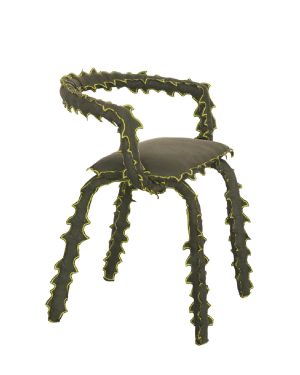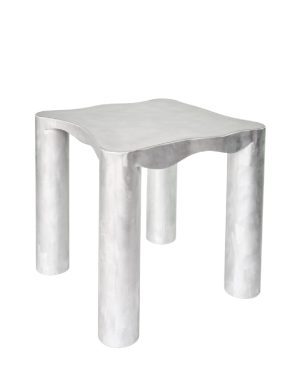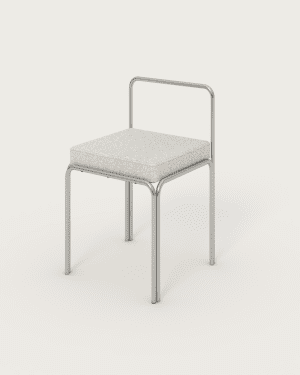-

 In stock
In stockMoonlit – Ceramic Accent Table
€1.800 -

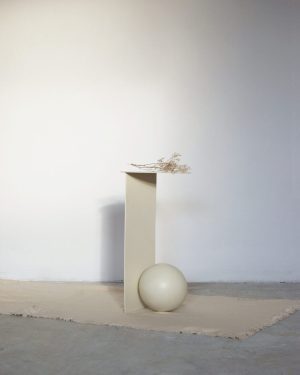
Sion – Coffe Table / Side Table
€690 -

 In stock
In stockMushroom Wool Stool No. 1
€1.230 incl. tax -

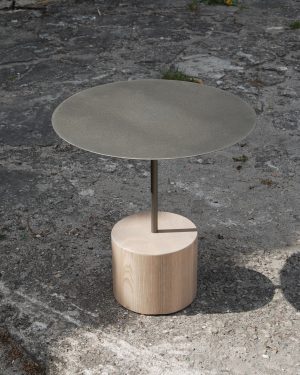
Fib – Coffe Table
€554 incl. tax -

 In stock
In stockMushroom Wool Stool No. 2
€1.230 incl. tax -


Etno – Rotary Shelf
€861 incl. tax -

 In stock
In stockBambi Wool Tufting Stool
€1.230 incl. tax -

 In stock
In stockMega Cosmic Tray
€249 incl. tax -


Ceramic Loop Hanger
€130 -

 In stock
In stockLullaby – Chandelier No.3
€787 incl. tax -

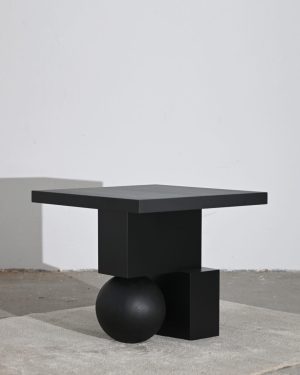
Single Mess – Dining Table
€5.166 incl. tax -

 In stock
In stockBlack Amber – Ceramic Accent Table
€1.600 -

 In stock
In stockMushroom Chair In Zebra Blue Wool
€1.845 incl. tax -

 In stock
In stockDark Water – Ceramic Accent Table
€1.800 -

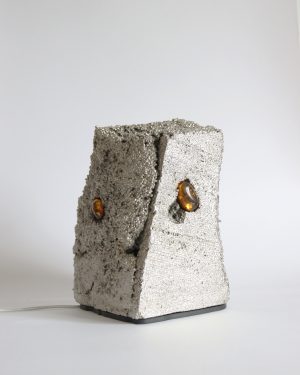
Irony Of Material In Nickel 01
€881 incl. tax -

 In stock
In stockAtlantis Armchair Yellow Blue Wool Tufting
€7.995 incl. tax -

 In stock
In stockAurora – Large Marble Table Lamp
€950 -


Trn / Model F1 Ceramic Pendant Light
€1.525 -

 In stock
In stockBarva / Model 4 Vase
€192-€319 -

 In stock
In stockBig Puff Floor Lamp Tripod
€984 incl. tax -

 In stock
In stockOp Object No. 1 – Floor Lamp
€3.300 -


Mess – Wood / Steel Dining Table
€10.824 incl. tax -

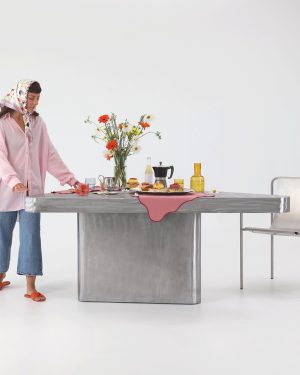
Monte L – Dining Table
€5.289 incl. tax -

 In stock
In stockEmber Dunes – Ceramic Accent Table
€2.500 -


Poodle Stainless Steel Shelf
€1.098 -

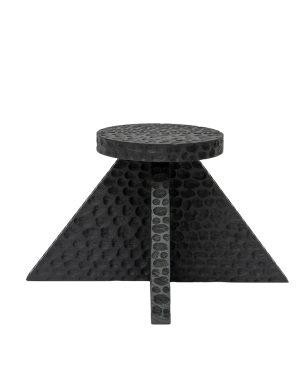
Object112 – Wooden Side Table/Low Stool
€723 incl. tax -

 In stock
In stockBambi Wool Chair
€1.968 incl. tax -

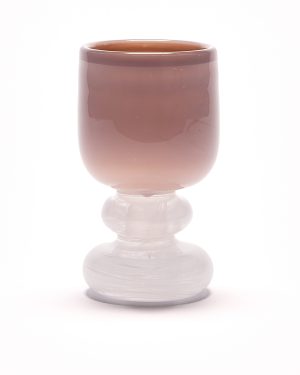 In stock
In stockHand-blown Pink Glass Goblet
€80 incl. tax -

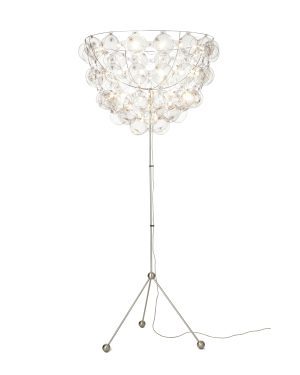
Bella Pupa – Floor Lamp
€2.620 incl. tax -

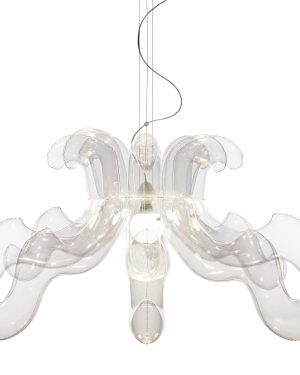 In stock
In stockLullaby – Chandelier No.2
€787 incl. tax -


Poodle – Steel Armchair
€1.220 -


Trn / Model D1 Ceramic Pendant Light
€1.028 -

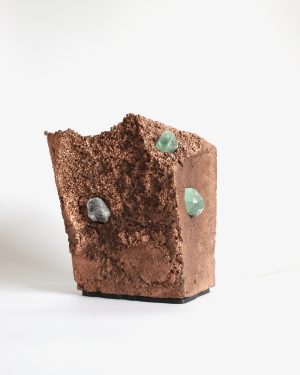
Irony Of Material In Copper 01 – Table Lamp
€881 incl. tax -

 In stock
In stockPola Composition No. 11
Price Upon Request incl. tax -

 In stock
In stockPola Composition No. 15
Price Upon Request incl. tax -

 In stock
In stockPola Composition No. 30
Price Upon Request incl. tax -

 In stock
In stockPola Composition No. 31
Price Upon Request incl. tax -

 In stock
In stockOrca – Hanging Lamp
€529 incl. tax -


Alice – Illuminated Marble Wall Lamp
€850 -

 In stock
In stockPola Composition No. 32
Price Upon Request incl. tax -


Braid Armchair – Stainless Steel / Linen
Price Upon Request incl. tax -

 In stock
In stockPlayful Happiness – Ceramic Loop Hanger
€130
Filters
Category
Accessories
Decor
Bookends
Books
Cushions & Throws
Mirrors
Planters
Rugs
Sculpture & Objet
Speakers
Vases
Wall Decoration
Tableware
Bowls
Candleholders
Coasters
Containers
Cups & Glasses
Cutlery
Plates
Pots & Pitchers
Tablecloths
Trays
Wearables
Bags
Bracelets
Cuff Links
Earrings
Hair Clips
Necklaces
Rings
Scarfs
Furniture
Beds & Daybeds
Seating
Benches
Chairs
Sofas
Stools
Storage
Cabinets
Credenzas
Drawers
Hooks & Coat Stands
Magazine Holders
Organizers
Room Dividers
Shelves
Sideboards
Tables
Coffee Tables
Console Tables
Desks
Dining Tables
Side Tables
Lighting
Lamps
Ceiling Lamps
Floor Lamps
Table Lamps
Wall Lamps
Price Range (€)
0-500
500-1000
1000-2000
2000-5000
5000 and above
Availability
In stock
Made to order
Ways to buy
Free shipping
On sale
Featured
Materials
Ceramics
Brick
Clay
Earthenware
Glazes
Porcelain
Stoneware
Terrazzo
Concrete
Concrete Composite
Fiber-cement
Glass
Blown Glass
Borosilicate Glass
Mirrorglass
Murano Glass
Metals
Aluminum
Brass
Bronze
Copper
Gold
Iron
Silver
Steel
Zinc
Paper
Cardboard
Hahnemühle Paper
Paper Cord
Paper Pulp
Washi Paper
Plastics
Acrylic
Bio Plastic
Epoxy
Jesmonite
PCR LDPE Plastic
Polypropylene
Polystyrene
Polyurethane
Pvc
Recycled Plastic
Silicone
Water-based Acrylic Polymer
Stone
Azul Macaúbas Stone
Calcite
Cantera Stone
Granite
Lava Stone
Limestone
Marble
Natural Stone
Sand
Soapstone
Travertine
Volcanic Stone
Textiles
Cotton
Natural Fibers
Silk
Wool
Synthetic Fibers
Wood
Alder Wood
Ash Wood
Bamboo Wood
Beech Wood
Birch Wood
Cedar Wood
Cherry Wood
Chestnut Wood
Cork
Huanacaxtle Wood
Ipe Wood
Linden Wood
Mahogany Wood
Maple Wood
MDF
Needle Wood
Oak Wood
Parota Wood
Peroba Wood
Pine Wood
Plywood
Poplar Wood
Rosa Morada Wood
Rose Wood
Sycamore Wood
Teak Wood
Tornillo Wood
Tulip Wood
Tzalam Wood
Walnut Wood
Wenge Wood
Wicker
Zapotillo Wood
Biomaterials
Beeswax
Eggshells
Fur
Leather
Natural Wax
Plant-based Materials
Semi-precious Stone
Amethyst
Crystal
Lapis Lazuli
Onyx
Citrine
Tourmaline
Design Class
Limited Editions
Open Editions
Unique Pieces


